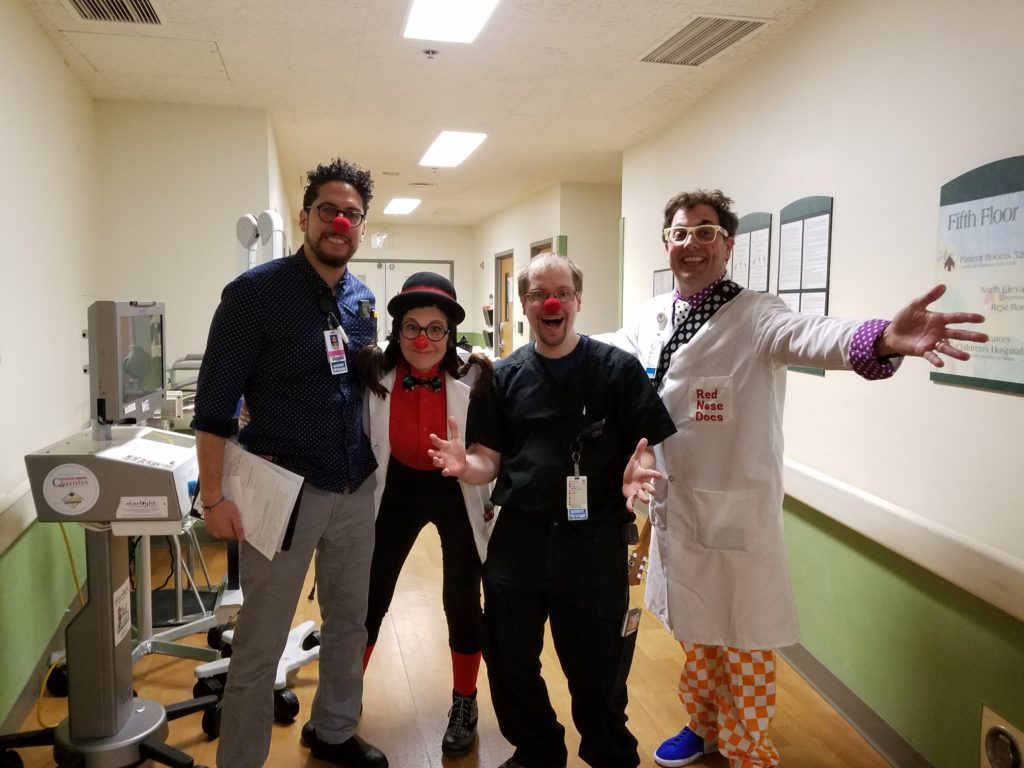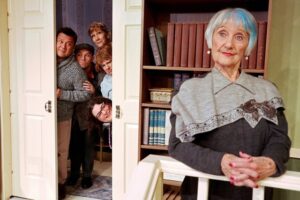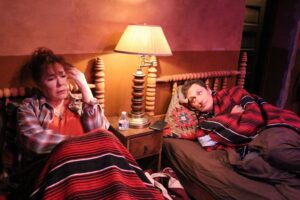“Comedy is acting out optimism.” — Robin Williams
What’s so funny? Good question. Think of it this way; humor is a sort of enriching discovery and can be mined from the most unexpected places.
Just ask Dr. Billy who’s a member of an ensemble known as the Red Nose Docs, Healthy Humor’s lead program that employs magic, music, comedy, and even juggling to provide a healthy shot of giggles and joy to pediatric hospital patients. Dr. Billy is the chief clown in the Red Nose Docs brigade at Children’s Hospital of Orange County (CHOC). He and seven other clowning compatriots provide prescriptions of laughter in the ER, in clinics, at the hematology/oncology units, and in departments in every part of the hospital at San Bernardino’s Loma Linda Linda UniversityChildren’s Hospital, as well as at CHOC.
I recently had the pleasure to converse, via Zoom, with Healthy Humor, Inc. co-founder and CEO, Dina Paul-Parks and Dr. Billy. Here are the questions asked and the answers so generously given:
Who devised the concept of hospital clowns?
Ms. Paul-Parks mentioned that it was founded in the late 1980s by the co-founder of the Big Apple Circus, Michael Christensen, the Father of Healthcare Clowning . The notion at the time was to employ a performing group for child patients in hospitals under the moniker of Clown Care. Since that time the program has expanded to children’s hospitals in Florida, Illinois, Ohio, Maryland, Pennsylvania and Washington D.C. The program also expanded to other countries — originally Brazil, France, Italy and Germany— but now to nearly 100 nations around the world.
How are hospital clowns trained?
According to Dr. Billy, hospital clowns are supported with phenomenal training. The hospital clowns are taught hospital hygiene protocols. The clowns work in teams of two and align their approach to child patients with the health goals that are established by the medical practitioners. Training, after a rigorous audition, typically lasts from three to four weeks, underscored by an apprenticeship of sorts, wherein a clown new to the Red Nose ensemble will work with a senior clown for a period of time. During this time the newer hospital clown will be observed and advised by the senior clown. Additionally, the team of hospital clowns comes together monthly for what is termed “rehearsals.” Here they share their experiences and a psychotherapist is alway present at these monthly meetings to offer support and guidance to the emotional upheavals that may accompany the sensitive work that these hospital clowns so often engage in. Dr. Billy says that “reading the room” is a vital part of a hospital clown’s skill set.
What are the qualities that successful hospital clowns share in common?
Dr. Billy’s unhesitant response — “big hearts,” “empathy,” “resilience.” This is the reasoning behind having so-called rehearsals wherein other hospital clowns can offer support to their colleagues, as well as the ever present psychotherapist who’s also a resource for resilience.
How can a person become a hospital clown?
Ms. Paul-Parks responded to this query by indicating that all hospital clowns have a great deal of performance experience because all the Red Nose Docs are professionals from a variety of artistic disciplines. Moreover, auditions are required and call-backs are had to decide from among the chosen few who are called back. In New York and Los Angeles, according to Ms. Paul-Parks, talent abounds. It can be harder to locate the right talent in other regions of the nation or the world.
Is there research that correlates hospital clowns with healing?
Ms. Paul-Parks says most research has been done overseas and is from the early 2000s but with some as recent as last year. Anecdotally, Ms. Paul-Parks adds that after seeing the hospital clowns interact with a hospitalized child, the young patient’s mother began shedding tears as she said “This is the first time I’ve seen her smile in a week.” There are many such stories.
Dr. Billy suggests, with much certainty, laughter boosts the immune system’s release of endorphins. I am convinced that this is true.
In addition to the hospital clown program, Healthy Humor, Inc. offers a similar program for geriatric patients named Vaudeville Visits and a range of smaller initiatives. For readers who wish to offer support to Healthy Humor’s worthy programs, donations of any amount can be made at https://www.healthyhumorinc.org/donate/. Doing so might just release your endorphins, too.
Theater Can Be Everywhere

Diddlysquat and Guilly with staff








